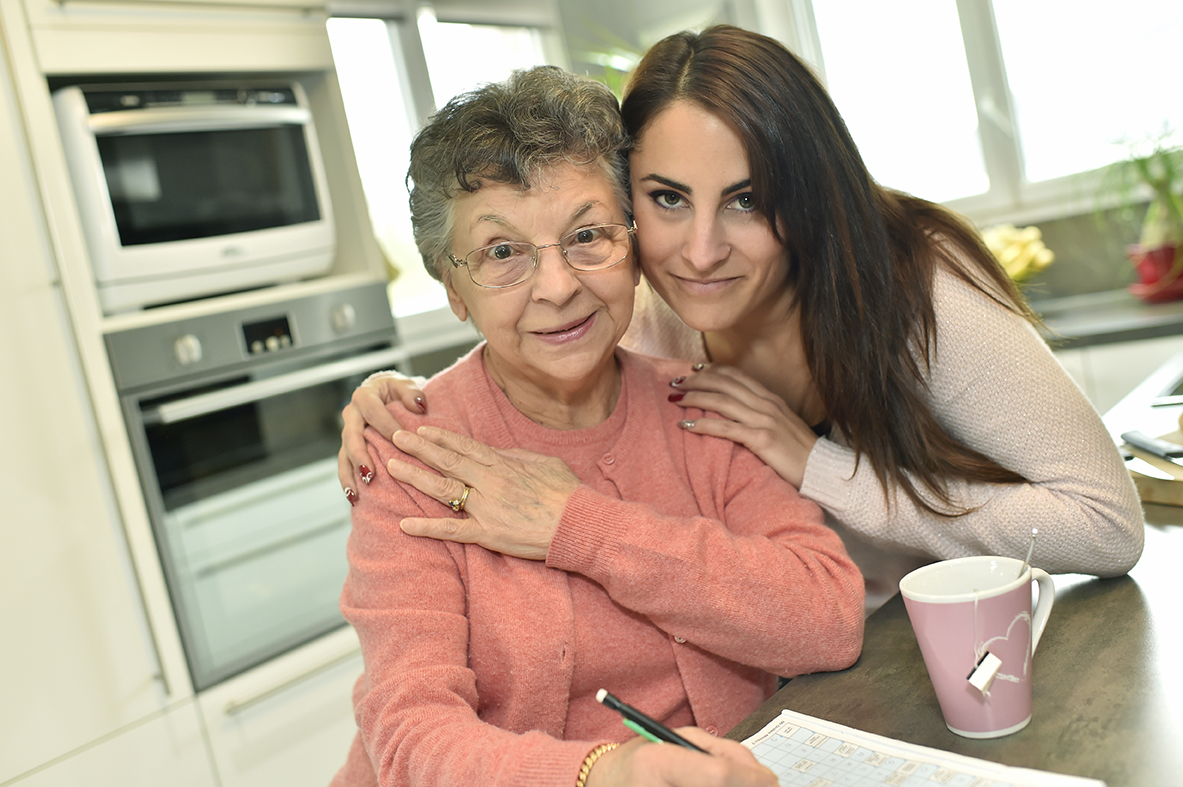
Living with diabetes comes with the responsibility of managing various aspects of your health, including caring for wounds and cuts. Diabetes can affect your body's ability to heal, making it crucial to take extra precautions when dealing with injuries. In this article, we will discuss essential steps on how to properly manage a cut when you have diabetes to promote optimal healing and prevent complications.
Wash your hands
Find YOUR ideal care home NOW!
Before touching the cut, it's essential to wash your hands thoroughly with soap and warm water. Proper hand hygiene helps prevent infection, which is a significant concern for individuals with diabetes, as they may have compromised immune systems.
Gently clean the cut
Use mild soap and lukewarm water to gently clean the cut. Avoid hot water, as it can cause burns, and harsh antiseptics that may irritate the skin. Pat the area dry with a clean, soft towel or sterile gauze. Make sure to avoid rubbing or scrubbing the cut, as this can damage the fragile skin.
Apply an antiseptic
After cleaning and drying the cut, apply a mild antiseptic or an over-the-counter antibiotic ointment to the wound. Avoid using alcohol or hydrogen peroxide, as they can be too harsh and delay healing. Always use a sterile applicator to avoid contamination.
Cover with a sterile dressing
Cover the cut with a sterile dressing or adhesive bandage. Ensure that the dressing is clean and dry. This helps protect the wound from dirt and bacteria and provides a moist environment that promotes healing.
Change dressings regularly
Check the wound and change the dressing daily or as advised by your healthcare provider. Look for signs of infection, such as increased redness, swelling, or pus. If you notice any signs of infection or if the wound is not healing, contact your doctor promptly.
Monitor blood sugar levels
Monitoring your blood sugar levels regularly is essential when you have diabetes, and this becomes even more crucial when dealing with a cut. High blood sugar can hinder the healing process, so keep your blood sugar within your target range as recommended by your healthcare provider.
Elevate the injured area
If the cut is on an extremity, like a foot or leg, consider elevating the injured area when resting. Elevating the area helps reduce swelling and promotes better blood circulation, which aids in the healing process.
Avoid picking or scratching
Resist the temptation to pick at scabs or scratch the wound. Doing so can introduce harmful bacteria and delay healing. Let your body's natural healing process take its course.
Consult your healthcare provider
If the cut is deep, large, or shows signs of infection, it's essential to consult your healthcare provider promptly. They can provide specialized care, including stitches or antibiotics if needed.
Educate Yourself
Education is key to proper wound care when you have diabetes. Your healthcare provider or diabetes educator can provide guidance and resources on managing cuts and wounds effectively. Attend diabetes self-management classes to learn more about caring for your health.
Signs of Wound Infection in Diabetes
| Sign | Possible Cause | Action |
|---|---|---|
| Increased Redness | Inflammation or bacterial infection | Monitor closely and apply antibiotic ointment. |
| Swelling | Fluid buildup due to infection | Elevate the area and consult a doctor if it worsens. |
| Pus or Drainage | Bacterial infection | Seek medical attention immediately. |
| Slow Healing | High blood sugar levels | Monitor blood sugar and consult a doctor. |
| Increased Pain | Worsening infection or deep tissue damage | Contact a healthcare provider for evaluation. |
Properly managing a cut when you have diabetes is crucial to avoid complications and promote optimal healing. By following these steps, practicing good blood sugar control, and seeking professional guidance when necessary, you can ensure that minor injuries do not escalate into more serious problems. Remember that diabetes management is a holistic approach that involves both proper wound care and overall health maintenance.
FAQ:
Why is wound care important for people with diabetes?
Individuals with diabetes have a higher risk of infections and slow healing due to poor circulation and weakened immune function. Proper wound care prevents complications.
How should I clean a cut if I have diabetes?
Use mild soap and lukewarm water, gently pat dry with a sterile towel, and apply an antiseptic to prevent infection.
What are the signs of an infected wound?
Redness, swelling, pus, increased pain, and slow healing are common signs of infection. If you notice these, consult a doctor immediately.
How can I speed up wound healing with diabetes?
Keep the wound clean, monitor blood sugar levels, eat a balanced diet, and avoid smoking or alcohol, as they can slow the healing process.
Should I use hydrogen peroxide or alcohol on a cut?
No, hydrogen peroxide and alcohol can be too harsh, causing irritation and delaying healing. Use a mild antiseptic instead.
When should I see a doctor for a cut?
Seek medical attention if the wound is deep, infected, not healing after a few days, or if you notice unusual symptoms like fever or spreading redness.
How does blood sugar affect wound healing?
High blood sugar levels slow healing by reducing circulation and impairing immune response. Keeping blood sugar in check helps wounds heal faster.
Are certain areas of the body more vulnerable to infection in diabetics?
Yes, feet and lower legs are at higher risk due to reduced circulation. Always inspect your feet regularly for cuts or sores.
Can I leave a small cut uncovered?
It’s best to keep cuts covered with a sterile dressing to protect against bacteria and create a moist environment that promotes healing.
What is the best way to prevent wounds if I have diabetes?
Keep your skin moisturized, wear protective shoes, inspect your feet daily, and maintain proper blood sugar control to reduce the risk of cuts and sores.
Need help finding a care home?
Senior Home Plus offers free personalized guidance to help you find a care facility that suits your health needs, budget, and preferred location in the UK.
Call us at 0203 608 0055 to get expert assistance today.
Do you need a care home for yourself or your loved one?
Search for Care Homes by Region
| East Midlands | Eastern | Isle of Man |
| London | North East | North West |
| Northern Ireland | Scotland | South East |
| South West | Wales | West Midlands |
| Yorkshire and the Humber |
Share this article :
Latest posts
You are looking for an establishment for your loved one ?
Get availability & prices
Fill in this form and receive
all the essential information
We would like to inform you of the existence of the opposition list for telephone canvassing.









